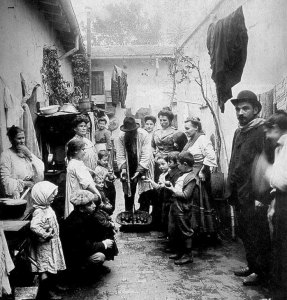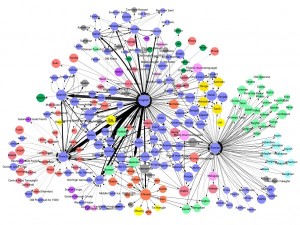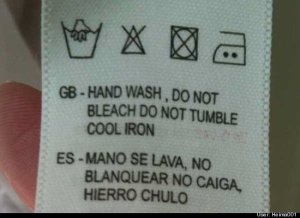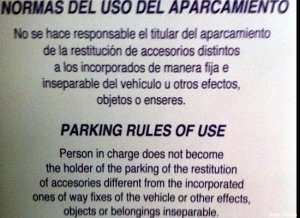Microsoft Word Avançado para tradutores: ganhando produtividade com uma ferramenta básica. Webinar. ProZ.
Traducir con SDL Trados Studio 2014. Webinar. ProZ.
4
Corso Pratico Livello Base su SDL Trados Studio 2014. Webinar. ProZ.
5
Translation in Travel & Tourism: Is it really that simple?. Webinar. ProZ.
6
How to Self-Publish Your Own Translations. Webinar. ProZ.
10
The price is right – pricing strategies for your translation services. Webinar. ProZ.
12
The importance of diction and accent in oral interpreting. Webinar. ProZ.
Automating development to translation and back again, Lingoport, Inc., Lingotek, webinar.
13
The ABCs of Medical Translation: Strategies to Identify, Translate and Manage Acronyms and Abbreviations. Webinar. ProZ.
14
The 28th Annual CATI Conference: “Working Globally, Networking Locally” Modern Language Association, 130th MLA. Raleigh, NC, USA.
17
Five Keys to Effective Search of High-End Clients for a Translator. Webinar. ProZ.
19
Normas Internacionales de Información Financiera. Traducción y adaptación de las NIIF. Webinar. ProZ.
MIAM 2015, University of Ghent, Ghent, Belgium.
Global Linguistic Diversity and the Endangered Languages Project, The International Multilingual User Group (IMUG), Mountain View, California USA
20
Post-graduate translation qualifications: DipTrans & MA. Webinar. ProZ.
25
Clinical Trials and Medical Documentation: Resources and Translation Strategies for New Translators. Webinar. ProZ.
Starting your translation business: Your Business Plan. Webinar. ProZ.
27
Improve your written English: 50 of our favourite mother-tongue mistakes. Webinar. ProZ.
Monterey Institute Career Fair, Monterey Institute of International Studies, Monterey, California, USA.
27-28
Mid-America Chapter of ATA (MICATA). MICATA Symposium 2015 Continuing Education: The Road to Success for T&I. Overland Park, KS, USA.
28-29
Monterey Institute of International Studies. 4th Monterey Forum
Educating Translators, Interpreters and Localizers in an Evolving World. Monterey, CA, USA.











